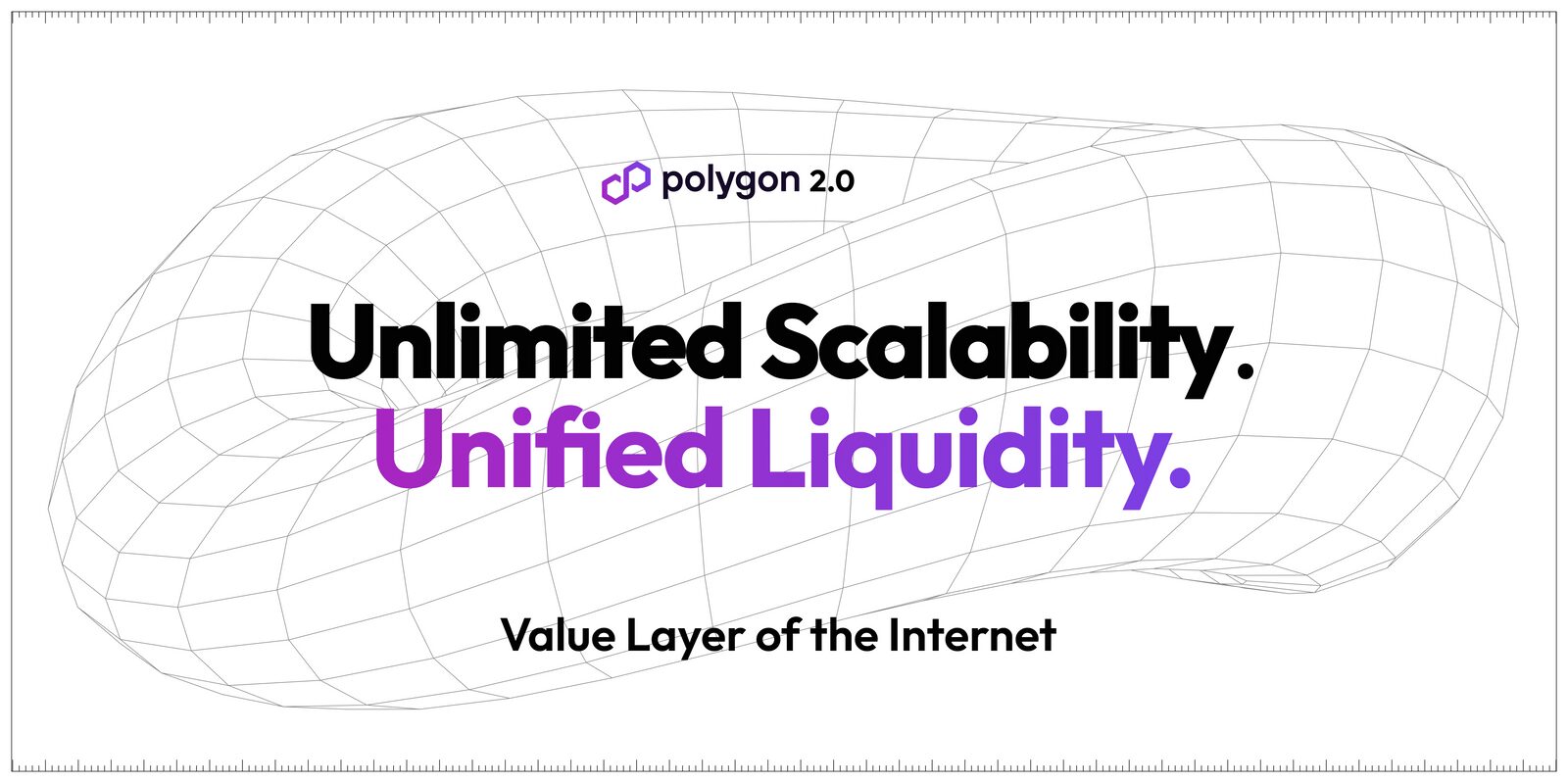The expansion of Bitcoin-based services


By finding its way through several ups and downs since its inception in 2009, bitcoin (BTC) has managed to maintain its position as the largest cryptocurrency with market value despite increasing competition.
However, unlike other networks such as Ethereum, the Bitcoin network has not experimented much in extending the use cases to the original token. This limited use case is not because of the Bitcoin network’s core architecture, but mostly because the community has focused on maintaining the network’s core features – security and liquidity.
As a result, even after securing dominance in terms of its share of the total crypto market value despite limited use, BTC has maintained its claim to be a store of value.
Bitcoin’s development community has always been conservative when it comes to implementing new features to the network’s main chain. Previous upgrades such as SegWit and Schnorr Signatures, and even the latest Taproot upgrade, took huge amounts of time (and discussion) to implement.
However, things are starting to change for the old network. New side chains, layer 2 scaling solutions and smart contract protocols are at the forefront of efforts to expand the Bitcoin network’s scalability and usability without compromising core features.
While there have been several attempts to bring more programmability and scalability to the Bitcoin network since 2012, a new wave of Bitcoin-based solutions has been at the center since 2018. In the last couple of years, Bitcoin-based projects such as Lightning Network, RSK and Stacks has successfully unlocked many new uses for the Bitcoin network and its original token.
According to a recent report by The Block Research“A few years since their mainnet distribution, Lightning Network, RSK and Stacks have started incubating their own respective ecosystems. Large ecosystem participants building on or collaborating with these networks.”
Let’s take a closer look at how these projects are helping in the rapid expansion of Bitcoin-based services.
Unlocks new possibilities and different uses
From DeFi to NFTs, asset issuance to payment protocols, scaling solutions to general networks, these new types of projects are witnessing massive growth, with major ecosystem players building on top or collaborating with them.
For example, Lightning network – the layer 2 scaling solution and the payment channel network for the Bitcoin ecosystem, solves the older network’s problems related to transaction settlement speed and abrupt increase in gas costs. By taking the execution of Bitcoin’s main layer and registering each transaction outside the chain, Lightning Network delivers higher scalability while reducing the average cost of each transaction.
The platform leverages its smart contract functionality along with the Bitcoin network’s multi-
signature wallets and timelock transactions feature micropayments for a nominal fee (pay for a cup of coffee, etc.) – which is not possible on Bitcoin’s base layer. Since it uses a mix of in-chain and off-chain transactions, users do not have to worry about Bitcoin’s 10-minute block verification time.
Lightning Network serves a variety of uses and is increasingly used by retailers, individuals and organizations willing to accept crypto. In fact, Lightning Network offers several payment solutions in El Salvador, Mexico and many other countries. Some well-known brands that use Lightning Network’s services include Kraken, Bitrefill, Cash App, Bottlepay, Bluewallet, Fold, Open Node, Chivo, Strike and River Financial. With further expansion into new uses, Lightning Labs unveiled its Lightning Network asset issuance plans and a BTC-secured stack coin.
Then it is RSK (Rootstock), a promising smart contract side chain solution for the Bitcoin network that leverages Bitcoin’s core layer security to enable BTC users to take part in the thriving OpenFI, DeFI and NFT ecosystems. The platform also offers in-house support for Solidity smart contracts, which further enables cross-chain solutions on the Bitcoin network.
The total value locked (TVL) on the RSK network is currently $ 67.25 million, with the stablecoin-based project MoneyOnChain (MoC) contributing 46% of the total. When it comes to non-custodian-based and unlicensed smart contract-based systems for BTC lending, lending and margin trading, the RSK-based platform Sovryn sets new standards. RSK’s infrastructure is currently home to a number of projects, such as Defiant, Chainbeat, Oracle Money on Chain (oMoC), GetBlock, Math Wallet, Beexo, Decent and many more.
RSK is also helping the Bitcoin network expand into the NFT arena. It recently partnered with Nifty Labs to develop an NFT marketplace for (and on) the Bitcoin blockchain. The platform recently launched the Carnaval NFT platform, built using RSK’s plug-and-play solution to build on the Bitcoin network, RIF Marketplace Engine. On top of that, the RSK team has also developed an NFT bridge that connects RSK standard NFTs to Ethereum’s ERC-721 NFTs.
Finally it is Stacks, the smart contract protocol for the Bitcoin network. Through its unique Proof-of-Transfer (PoX) consensus algorithm, Stacks expands the capabilities of Bitcoin’s underlying infrastructure. The Stacks platform is unlike Layer 2 scaling solutions and side chains for the Bitcoin network, given it provides a consensus algorithm between two independent blockchains. As a result, it seamlessly merges contract functionality with Bitcoin’s security, stability and liquidity, delivering faster settlement and ultra-low transaction costs.
In essence, Stacks unlocks Defi and NFT primitives on the Bitcoin blockchain, without making any changes to Bitcoin’s core protocol. Launched less than a year ago, Stacks currently has around $ 13.19 million TVL. The number of projects being built on top of Stacks is growing exponentially.
Several projects, including digital wallet services like GoSats, Hiro Wallet, Ryder and Xverse, DeFi protocols like Alex, Arkadiko, LNSwap, Stackswap and Zest Protocol, token services like CityCoins and stacking pools like PlanBetter, are currently leveraging Stacks’ blockchain infrastructure to lock up even more recent use cases for the Bitcoin network. In addition, Stacks has also positioned itself as the go-to place for Bitcoin NFTs. Platforms such as Boom, Byzantion, Gamma and Superfandom are among the most lucrative NFT ecosystems built on top of Stacks.
In addition, both RSK and Stacks have also unlocked new revenue streams for BTC miners. RSK’s fusion mining operations and Stacks’ PoX consensus mechanism allow BTC miners to put their available BTC to work and generate decent returns in return.
In addition to these advances, other positive indicators underline the momentum for expanding the Bitcoin network to newer frontiers. Among the ongoing initiatives is Trust Machine’s recent $ 150 million fundraising round to build the infrastructure needed for applications to thrive and aboard Bitcoin users along with Blocks’ (formerly Square) efforts to build a Bitcoin-focused decentralized exchange, which emphasizes the ongoing commitment to the network.
Together, these platforms and projects built on top change the dynamics of the Bitcoin network without compromising any of the core features. As these platforms and projects further develop their infrastructure, more new uses for Bitcoin will be unlocked faster than expected – which could change BTC’s narrative from a value store to a return-bearing asset.


























